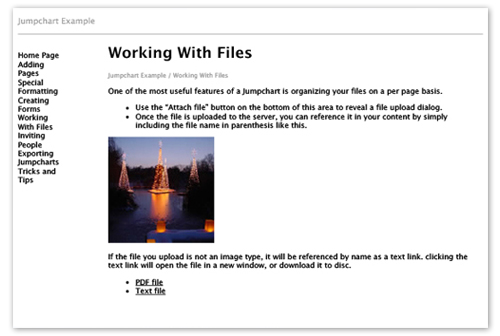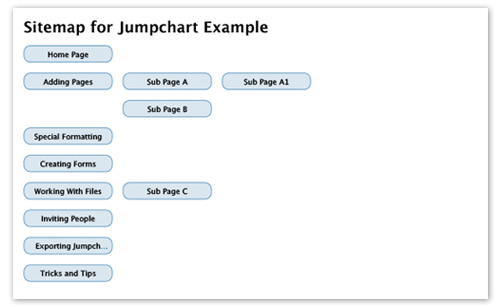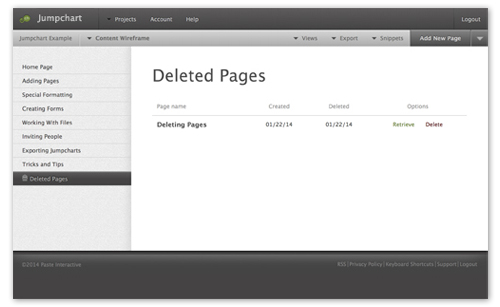Changing Things Up.
Paste. This blog. Our apps. Jumpchart. You might know some of them, most of you don’t know all of them. We’ve never been a “culture” type of company, so if anyone is actually reading this post, you are one of the few. We don’t push the blog, we don’t repeatedly email, in a lot of ways we do a crap job of running this business as a business in the normal sense.
There are reasons why. You see, although Paste is a huge part of our lives, our profits, and our vision of the future; it’s not what we spend most of our time on. Some of you may know this, but we’ve never broadcast it. Our main business is as a design studio called Entermotion.
This business has thrived since 2001, and it’s our bread and butter. Quite honestly, without the revenue from the studio, we couldn’t do what we do with Paste. But it’s tough to pretend to be all-in on one thing when you’re part way into something else.
This means the blog is often stagnate. Features are sometimes delayed. Support is fast, but not as fast as it could be. Etc. You’re distracted, you don’t do your job as well as you could. It only makes sense.
How did we get here?
When we started Paste, we didn’t do it on purpose. We made Jumpchart because we needed it, and decided to make it a product after the fact. When Jumpchart started to get a following, we decided to spin it off under it’s own brand. We didn’t want to confuse out new customers. and we really didn’t want to confuse our existing clients. We could almost hear it… “Are you working on my project, or your own stuff?” “Are you going to hit the deadline, or work on Jumpchart?”
Even now, the decision sort of makes sense. But fundamentally the path forward was based on an untruth. We pretended that we were two companies, but in actuality, the same employees split their time.
Not being able to be 100% open to either audience meant we often didn’t bother talking to them at all. Regardless of the justifications, it was a bad decision to “split” the businesses.
Cut to today
Today we know several new facts that might have changed our minds back then had we known.
- Our design clients actually only respect us more knowing that we actually build the applications that help people plan websites worldwide.
- We have over 100k accounts in Jumpchart! (many of which are dormant, —but still) and the reason is because we built what we need. Many people also need what we need.
- The Paste users we have don’t care at all if we actually also design sites as a business. They don’t see us as competitors, but as fellow peers in their industry. That much more capable of creating tools to help them do their job.
Moving forward
We’re sick of having multiple blogs email newsletters and etc. to update. We’re one company (currently with 15 people) that build client websites, identity packages, and also web apps. We’re proud of that fact, and we don’t see a reason to gloss over it anymore. We want you to know what we deal with, what we suffer with, what we’re trying to do, and what we’ve just failed to achieve.
Honesty. Plain old. So look forward to a different tone here. We can’t promise to update any more often than usual, we’ve got a lot on our plate. Documenting that is not the top of the list. But when we do talk, expect more gravity. We’re a small business with a lot of challenges. A lot of goals, a lot of ambition. We fail more often that we succeed. And we think it’s going to be a more fascinating story to read.




